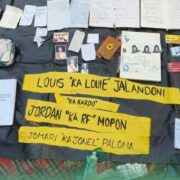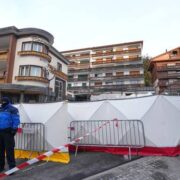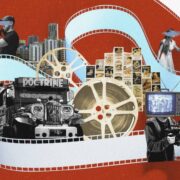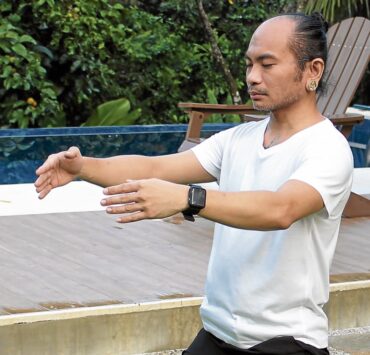Whiskey for breakfast in the Scottish Highland
- Fettercairn has a 200-year-old history of imaginative whiskey making and doing things differently
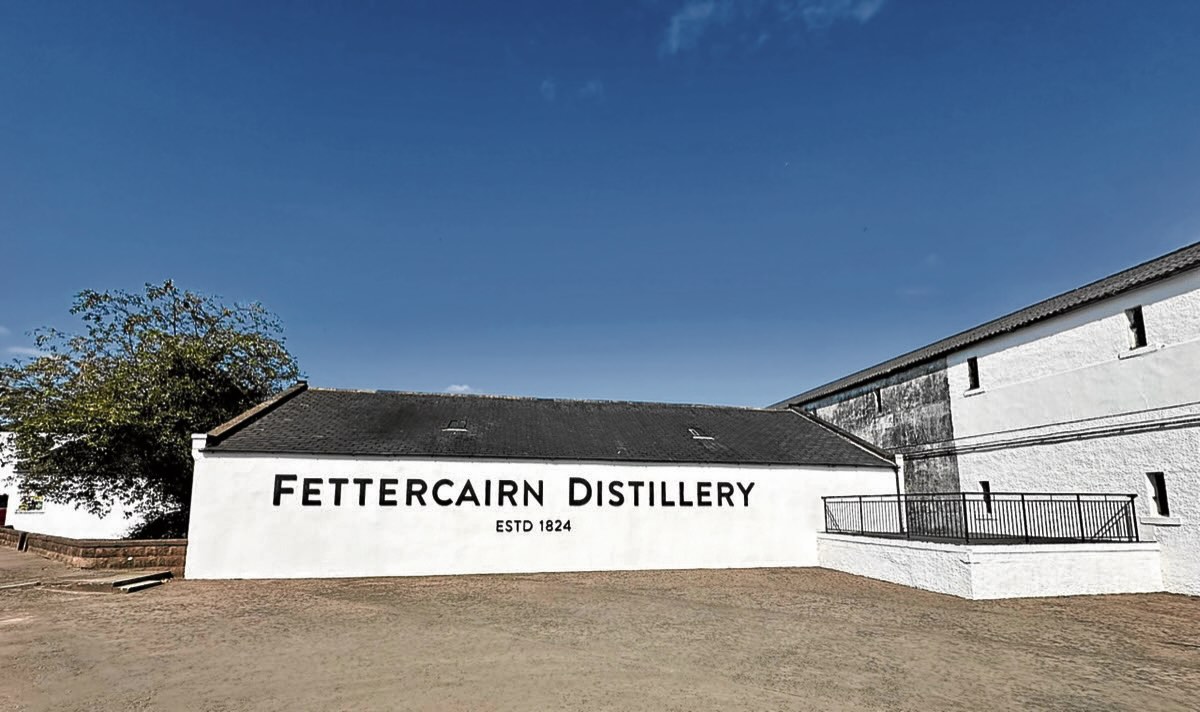
Time swirled in a golden spin as a fruity, floral aroma wafted from the whiskey glass. My husband Chito and I were tasting 12 years of Fettercairn Highland Single Malt, sweet and spicy with a fleeting suggestion of vanilla and bitter herbs. It was mid-morning and this was breakfast in Aberdeenshire—at least that’s what Linda Smith said when I was about to decline a dram of spirits owing to an empty tummy. There hadn’t been time for a morning meal on this last leg of our holiday.
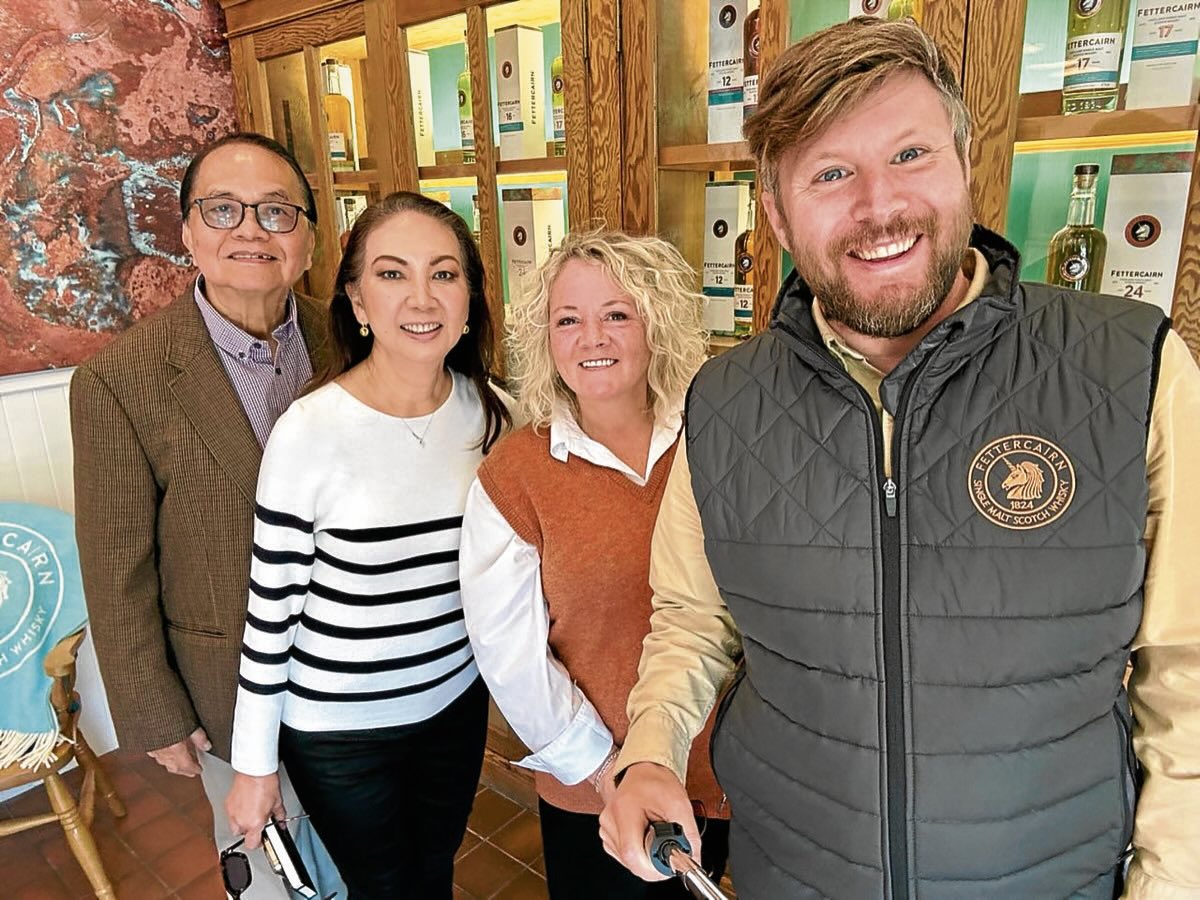
We left Edinburgh before 9 a.m. for the two-hour ride to this Scottish Highlands village off the traditional map of Scottish Whisky. Dr. Andrew Tan had graciously arranged a visit to the distillery acquired in 1973 by Whyte & Mackay, makers of the distinguished Dalmore. Tan became the owner of Whyte & Mackay in 2014.
When I mentioned several months back about our plans to visit Scotland, he offered to host us at the Dalmore Distillery. It was, however, undergoing construction when we arrived in this northern part of the Great Britain island. Fettercairn became the alternative option, which turned out to be a gem of a discovery.
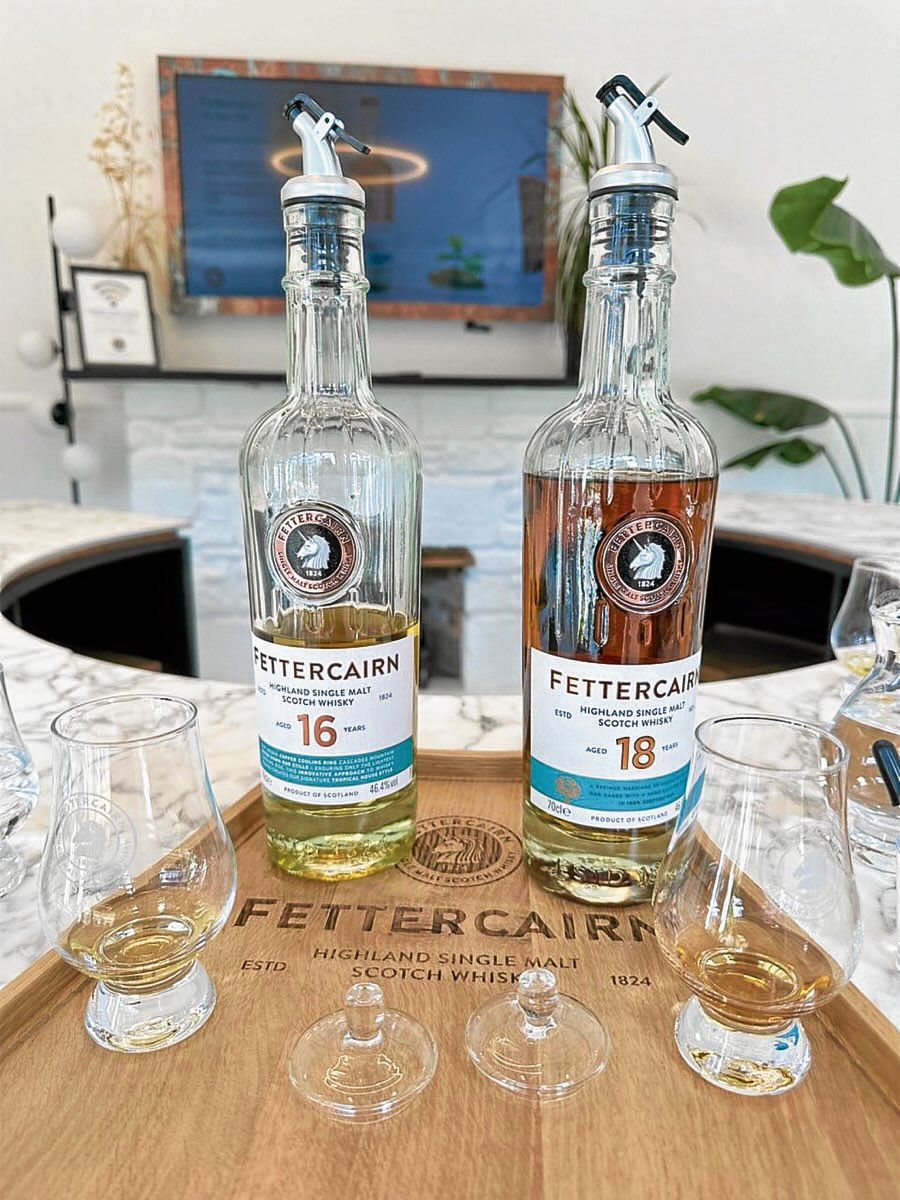
A Queen’s visit
We coasted along the Cairn O’Mount road past fields of barley gleaming in the sunlight. The village name Fettercairn originated from two words in Gaelic and Pictish, a Brittonic Celtic language now extinct. It means “slope by a thicket.” Linda, who grew up, married and has worked there all her life, described it as “a beautiful place to raise a family.”
A memorial arch stands at the west entrance leading to the town square. It was built in 1864 to commemorate a visit of Queen Victoria and Prince Albert in 1861. The royals were in Balmoral Castle and purportedly made a secret excursion to these parts, spending one night at the Ramsay Arms. The royal arch is one landmark in the village, another is the Fettercairn Distillery.
Fettercairn brand ambassador Andrew Lennie led the way to the visitor center where Linda was waiting. Normally, the distillery hosted visitors and conducted tasting tours, but it was a Sunday, when it was normally closed. Lennie told the story of a 200-year-old history beginning in 1824, when Sir Alexander Ramsay founded Fettercairn.
Distilling spirits was a backyard home industry, done surreptitiously at night to avoid the taxman, hence the term “moonshine.” The lairds or Scottish estate owners who owned the land where distillers lived looked the other way and allowed the people to pursue the illegal production so they could generate income to pay their dues.
Lord Ramsay perceived greater possibilities for commerce and jobs if the prohibition for illegal distillation was lifted. His question,“What if?” became the mantra that would mark innovations of the distillery he founded after successfully campaigning for its legalization.
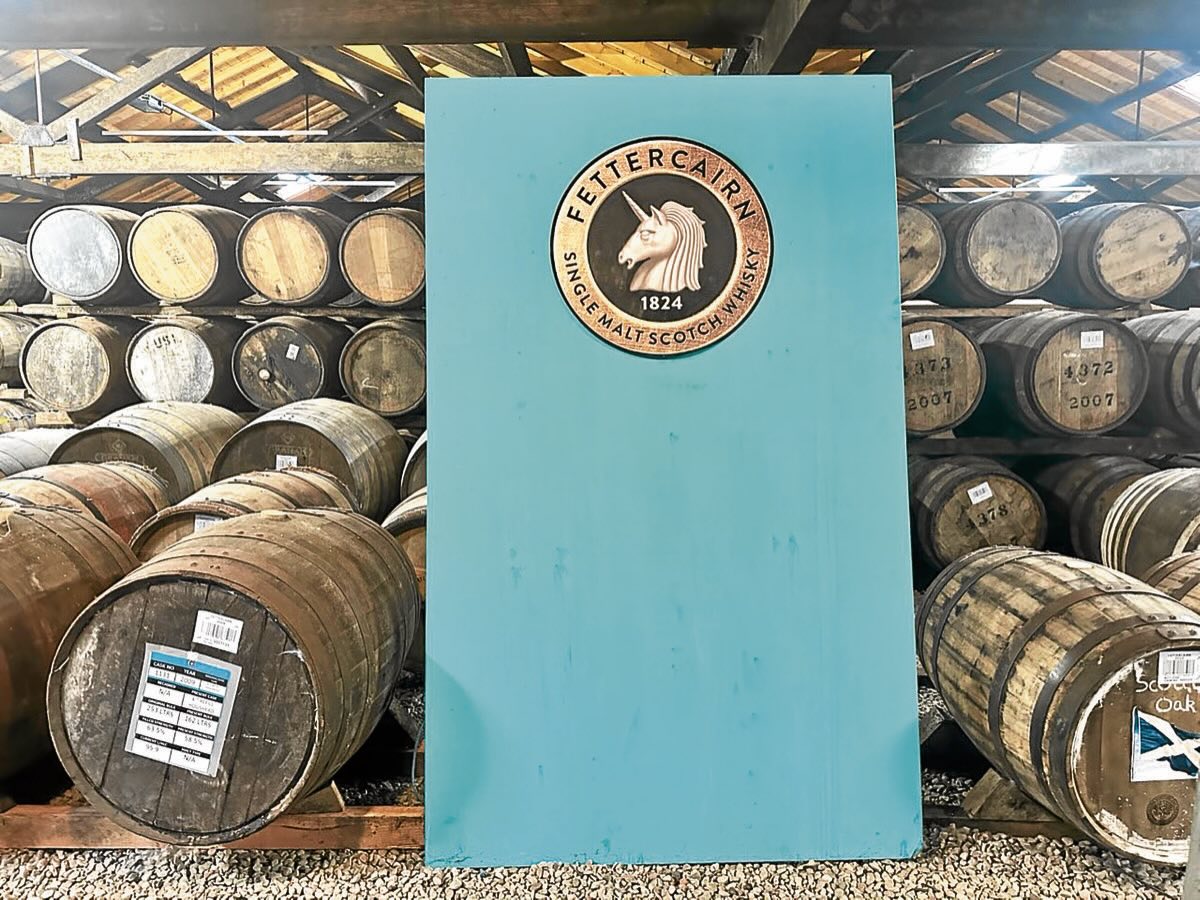
Pure as a unicorn
Two hundred years since Lord Ramsay was given the license for his Scotch whiskey production, Fettercairn has distinguished itself by an adherence to purposeful invention. Lennie led the way to the buildings housing the famed stills where the distillation was taking place. He proudly showed the unique copper cooling ring created by former distillery manager Alistair Menzies to produce a lighter spirit.
Their proprietary copper cooling ring is the only one of its kind in the world. Tan, in an exchange days later, enhanced appreciation for this feature, which he explained was largely responsible for the purity of the Fettercairn Single Malt Scotch Whisky.
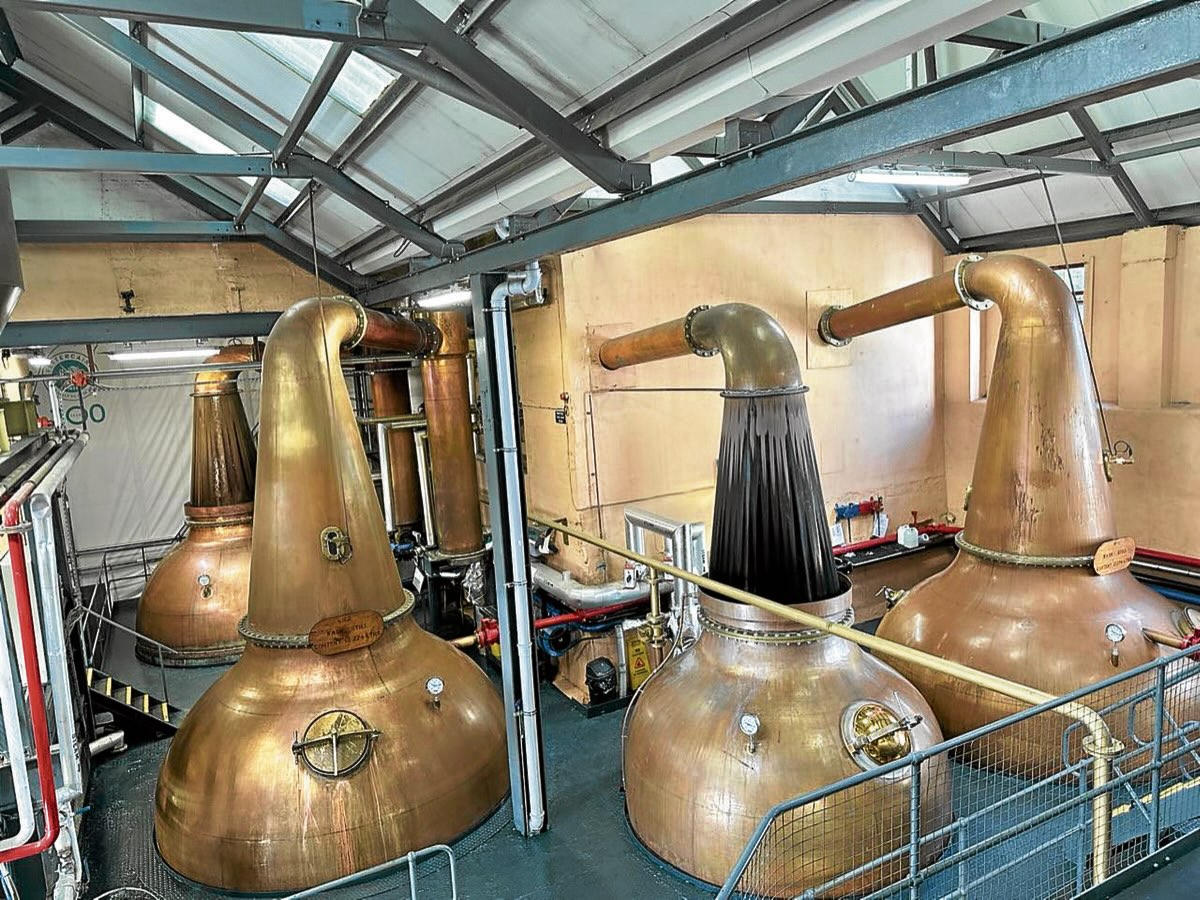
“The copper tube around the top of the still continually douses the still with cool mountain water, allowing only the lightest vapors to rise for collection. After distillation, hand selected casks are chosen to complement our tropical new-make spirit before being stored in one of our 14 dunnage warehouses.
“Interestingly,” he continued, “the symbol of Fettercairn is the unicorn, a mythical creature and the national animal of Scotland. This unicorn, symbolizing purity, reflects Fettercairn’s commitment to excellence. This purity gives rise to Fettercairn’s tropical fruit style cherished by connoisseurs and whiskey enthusiasts alike.”
Tan visits this distillery twice a year. “We have been running at full capacity for the past years to meet
the growing demand for our product. However, our releases remain limited due to the restricted supply.” He recently inspected new projects, including the refurbishing and upgrading of facilities.
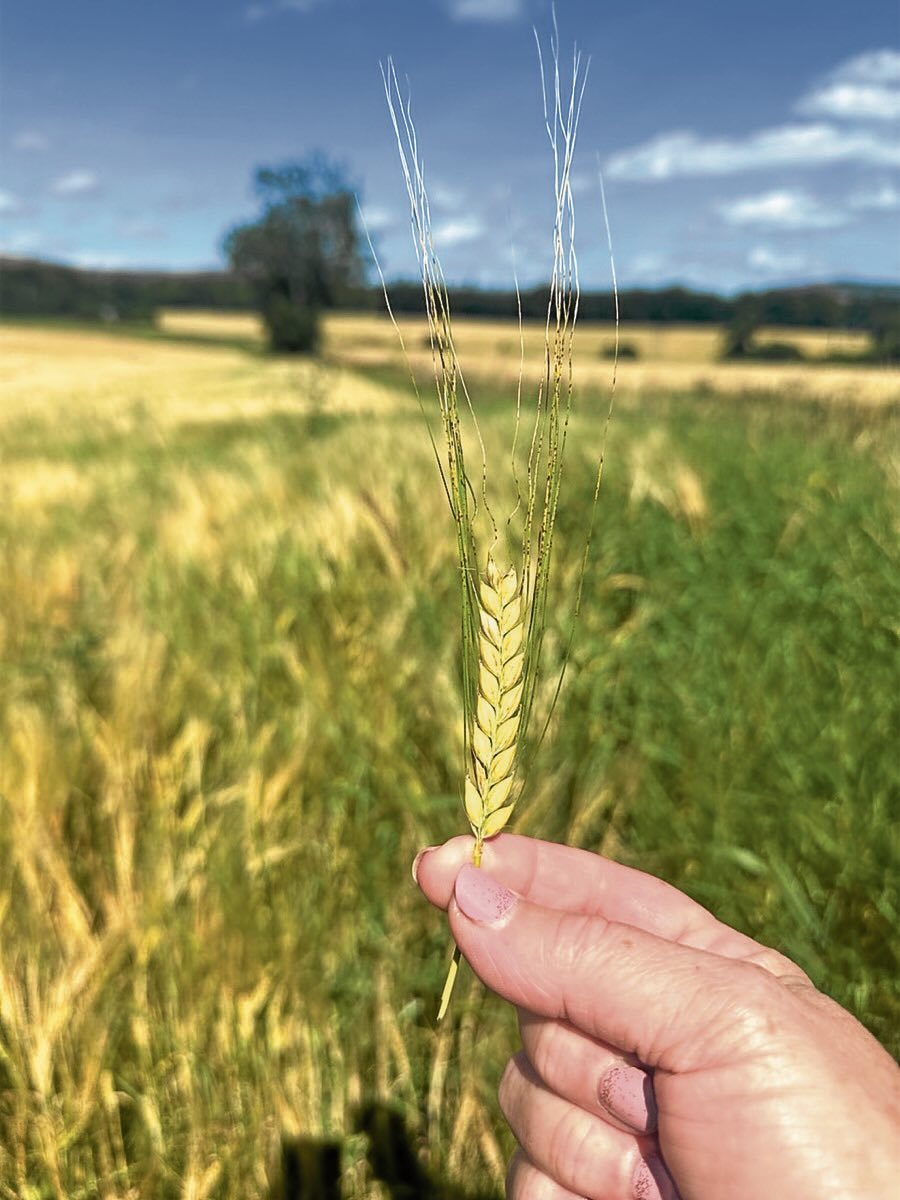
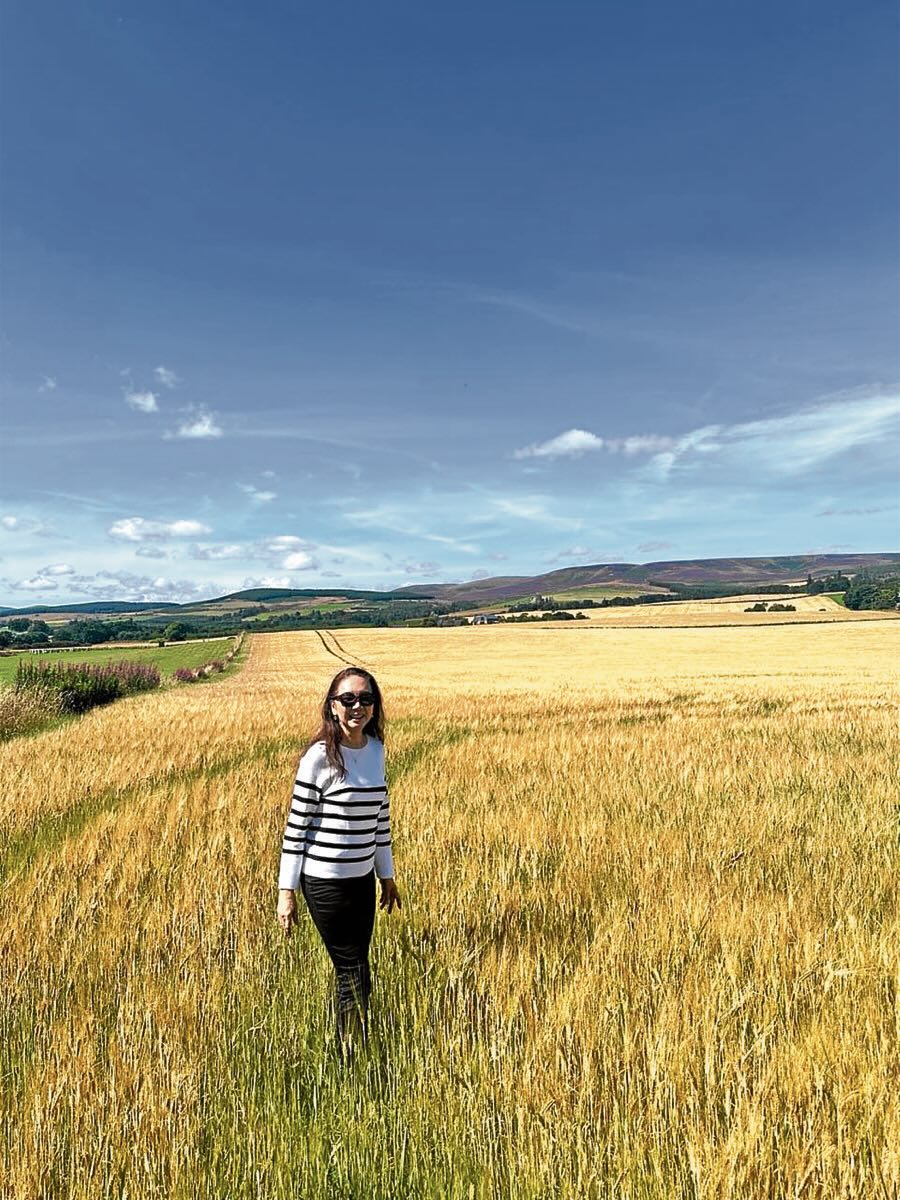
‘What If?’
Lennie expressed a deep appreciation for Tan’s belief and support for Fettercairn. “He respects the past and enables the future.” Every bottle is a tribute to the 200-year heritage, a past enriched by generations of makers who replied to “What if?“with a curiosity that led to new methods, ideas and inspired products. Respect for the past is coupled with a forward-looking perspective into the next 200 years.
When master whiskey maker Gregg Glass asked, “What if we could use fallen Scottish oak trees in cask making?,” it led to the multi-awardwinning Scottish Oak Program. This initiative encourages the use of Scottish oak among the whiskey makers.
Another development was led by distillery manager Stewart Walker, who organized the Fettercairn 200 Club to work together with Baird’s Malts and local farmers supplying 100-percent local barley within a 50mile radius. It materialized when he asked, “What if we used only local materials from the rich and fertile landscape surrounding the distillery?”
Using material and ingredients sourced solely from Scotland is a first in the industry.
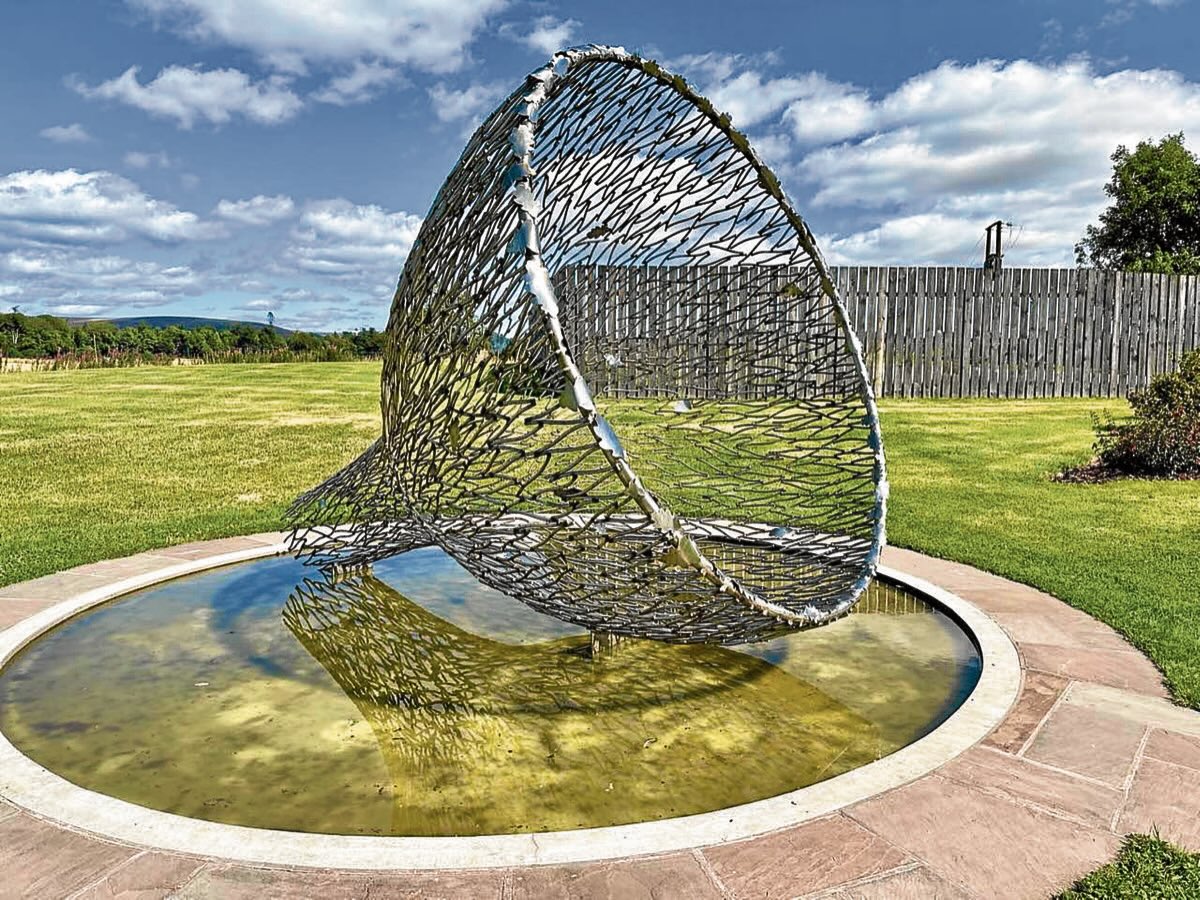
200 years of memories
After touring the premises, Lennie capped our visit by revealing a very limited collection marking 200 years. Six whiskies punctuating landmark years of Fettercairn are encased in a stunning cabinet crafted from local oak selected from the estate. The total number of years of the bottled spirits adds up to 200, the milestone being celebrated this 2024. Each bottle, nestling in individual coasters, is hand finished and accompanied by tasting notes.
“We collaborated with craftsman John Galvin to create the 10 commemorative collection,” Tan said. “From the 60-year-old whiskey to our rarest expression, each bottle tells its own story of Fettercairn. The Collections are handcrafted from layers of Scottish oak, brass and copper, inspired by the dappled light filtering through the oak trees near the distillery.”
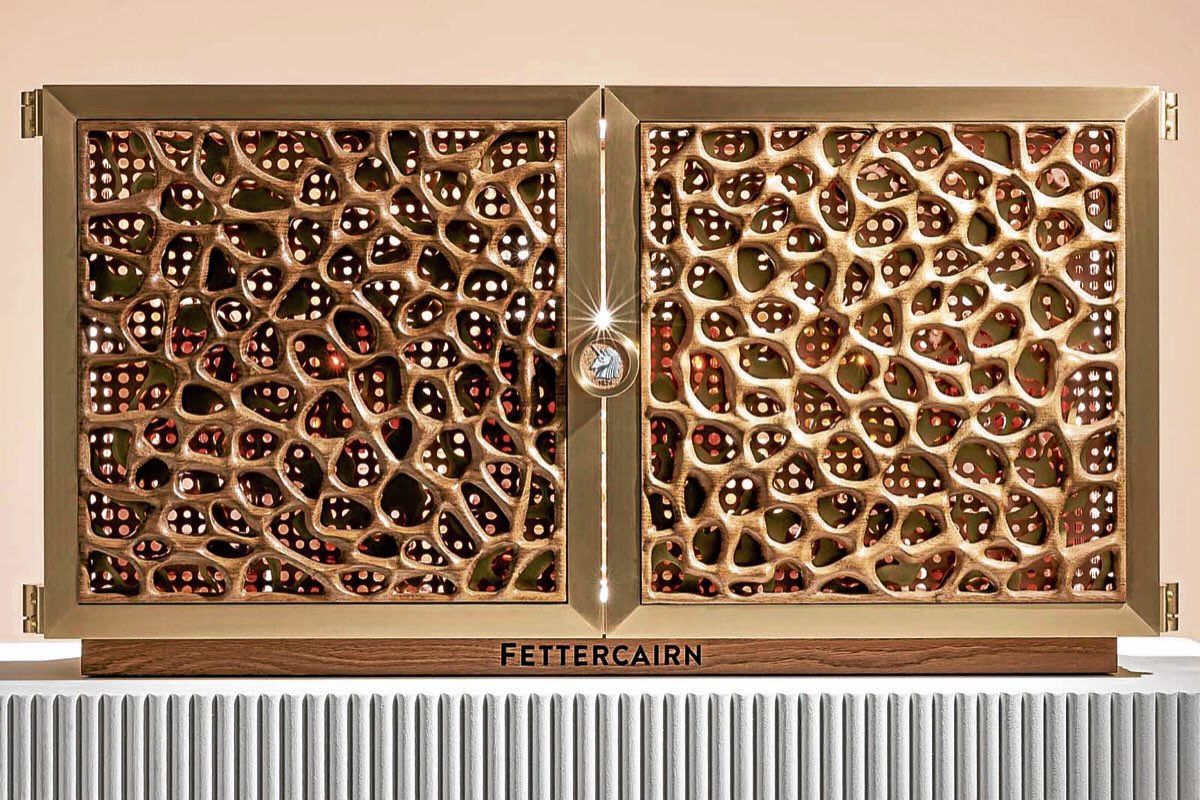
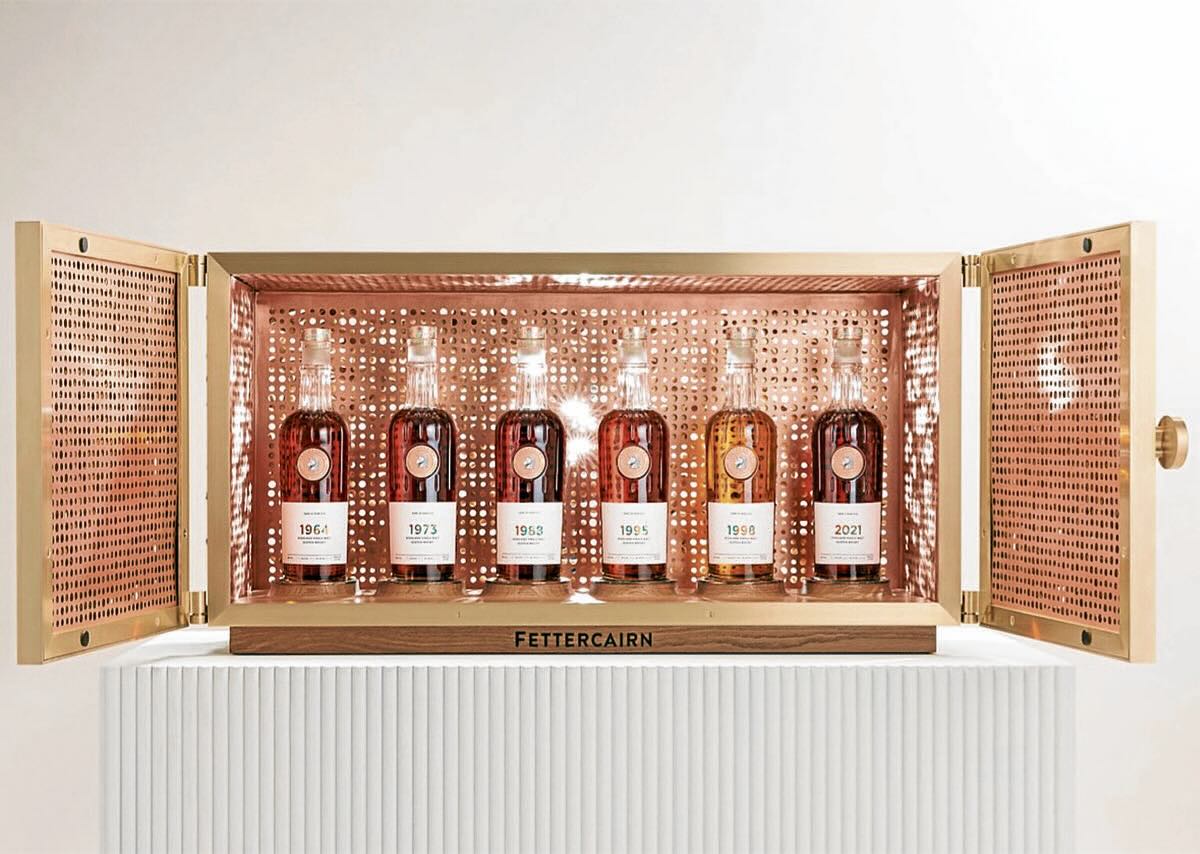
No two cabinets will be alike owing to the natural wood used to make each. The collection was two years in the making and will be available in September at a price of £100,000 in select places.
Lennie poured another round, this time from the rare whiskey collection. It had gentle hints of seared pineapple and caramelized fruit with a medley of wood spices, raisins and dried fruit. As it swirled in the wide crystal bowl of the Glencairn glass, I recalled the words he spoke earlier. He said people take photos, paint or write in their journals to capture special times and places, while here at Fettercairn, the memories are bottled and savored—sometimes even for breakfast.








